Jack Layton Ferry Terminal: Toronto, ON
INVITED DESIGN COMPETITION for toronto's waterfront
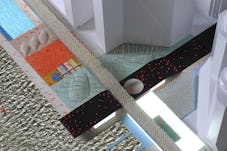
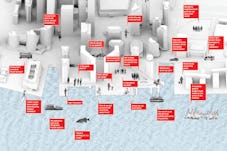
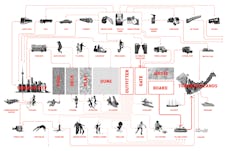
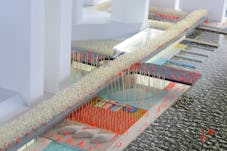
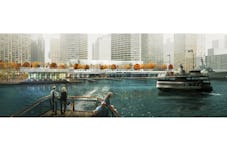
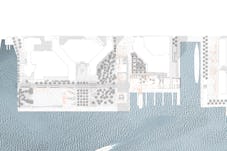
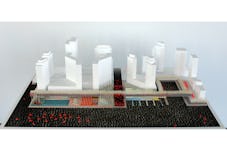

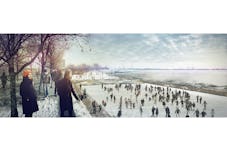

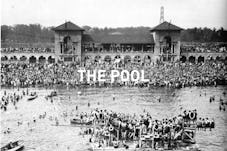
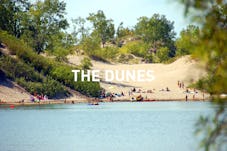
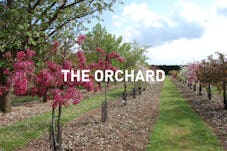
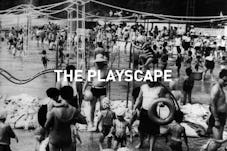
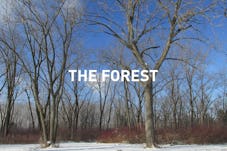

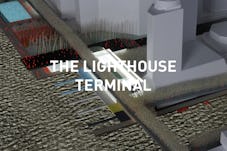
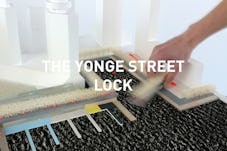
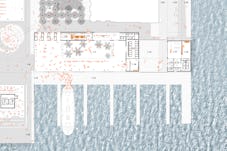
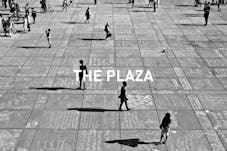
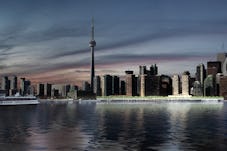
Jack Layton was a visionary leader who embodied the spirit of hope, optimism, community, and democracy. We envision the Jack Layton City Terminal Park: a place of gathering and a gateway where the city meets the waterfront. This is among the most prominent locations in the city where residents and visitors can access the waterfront from Union Station via Bay Street. It is a key moment that is currently a missing link in what should be a continuous pedestrian experience from the well developed central portion of the waterfront to the emerging eastern portion. The site is also the gateway from the city to the islands, and from the islands to the city.
The masterplan framework and design elements depicted are intended as a strategy that will be developed and refined through the extensive process of development and stakeholder input.
Our masterplan for the Jack Layton City Terminal Park is defined by three primary frameworks that we have developed through our process of research and consultation: Bring the City to the Water and the Islands to the City; Create Unity Through Diversity; and Simplify the Complexity.
Bring the City to the Water and the Islands to the City
The Toronto waterfront is currently being redeveloped as a clearly defined public space parallel to the water’s edge. At the main access streets, there is an opportunity to knit the waterfront into the city with high-quality public spaces. We propose the City Slope, a pedestrian extension of Bay Street. This will be social carpet that lifts like a flying pier to overlook the harbour, and also affords elevated views back toward the city on its ramps and steps.
The Toronto Islands are places of pleasure, fun, play, and summer retreat with family and friends. We propose that these island experiences should begin right at the waterfront, even before departing from the city. While the landscape concept for the broader waterfront makes references to the landscapes of Northern Ontario, this park will specifically borrow landscapes from Southern Ontario: sand dunes, wetlands, orchards, and coastal forests. A large playground and public swimming pool, which converts into a skating rink in the winter, will make this a place of year round pleasure and play for visitors and local residents alike. A Conservatory Garden on the second level of the redesigned terminal building will provide a unique year-round green space at the Waterfront, while also sustainably conditioning the Terminal building. Its height allows the Terminal to act like a lighthouse, a beacon on the cityscape that will be clearly visible from the islands.
Create Unity Through Diversity
Connecting in the east-west direction across the waterfront, we reinterpret the promenade from the Waterfront Toronto Strategic Plan into an elevated Belvedere that crosses and connects the diverse spaces and landscapes between the York and Yonge Street Slips. Fully accessible at multiple points and intersecting with the City Slope, The Belvedere allows for the continuous pedestrian waterfront experience to cross over the secure zone of the Terminal. It also provides a unique vantage point for observing activities in the Inner Harbour, and a place from which to view the comings and goings of the ferries.
Simplify the Complexity
Multiple user groups, often with conflicting needs, use the site on a daily basis. The Jack Layton City Terminal Park needs to work for everyone and be a place that all can enjoy. The City Slope, the Belvedere and the new Terminal building will allow a diverse mix of users to more easily access and traverse the site, and will connect to Toronto’s network of urban transportation and recreation. At the same time, logistical and ferry operations will be streamlined, allowing for smoother operation and less congestion.
Team
| Clement Blanchet Architecture | Clement Blanchet, Hugo Jammes, Filippo Pasini, Ana Marti-Baron, Philippe Sarfati, Adrien Zlatic, Francesco Maria Bozzerla, Clotilde Maréchal |
| RVTR | Kathy Velikov, Geoffrey Thün, Dan McTavish, Colin Ripley, Andrew Wald, Caileigh MacKellar, Di Wu, Stefan Cavezzali, Stephen Sarver, Lucien Menair, Jen Ng, Daniel Tish |
| Batlle I Roig | Joan Roig, Angel Cerezo, Mario Suñer Díaz |
| Scott Torrance Landscape Architecture Inc. | Scott Torrance, Lei Chang, Aaron Fox |
| ARUP | Alan Duggan, Hilary Holden, Marc-Paul Gauthier, Matthew Browning, George Muhlschlegel, Nikos Chalaris, Conor Lavery |
| Adamson Associates Architects | David Jansen, Abel Gill |
| SMART | Sue Zielinski |
| VS-A Group (Envelope Consultant) | Rob Van Santen, Gontran Dufour, Larissa Blaser |